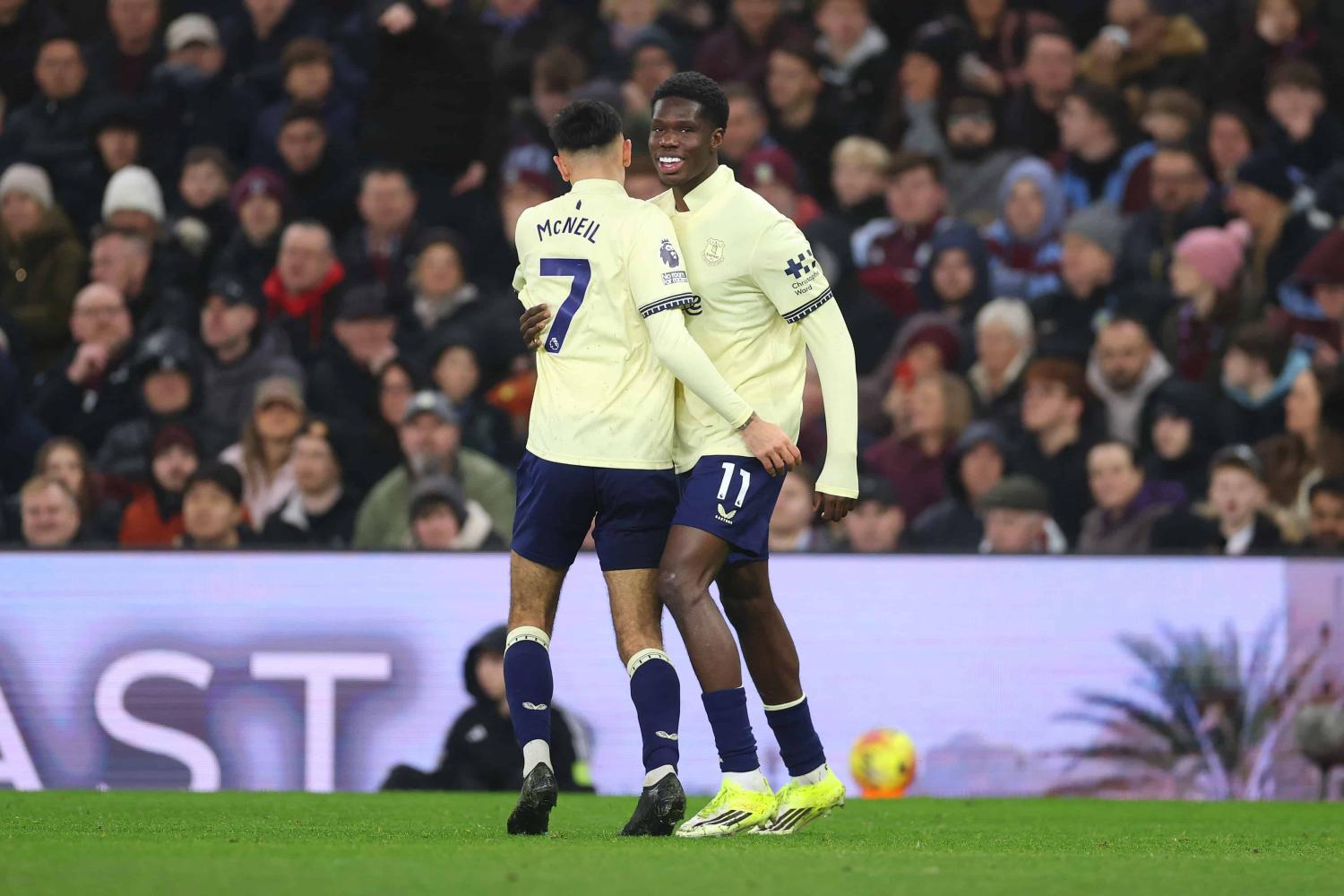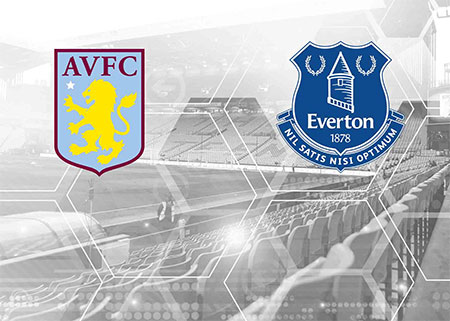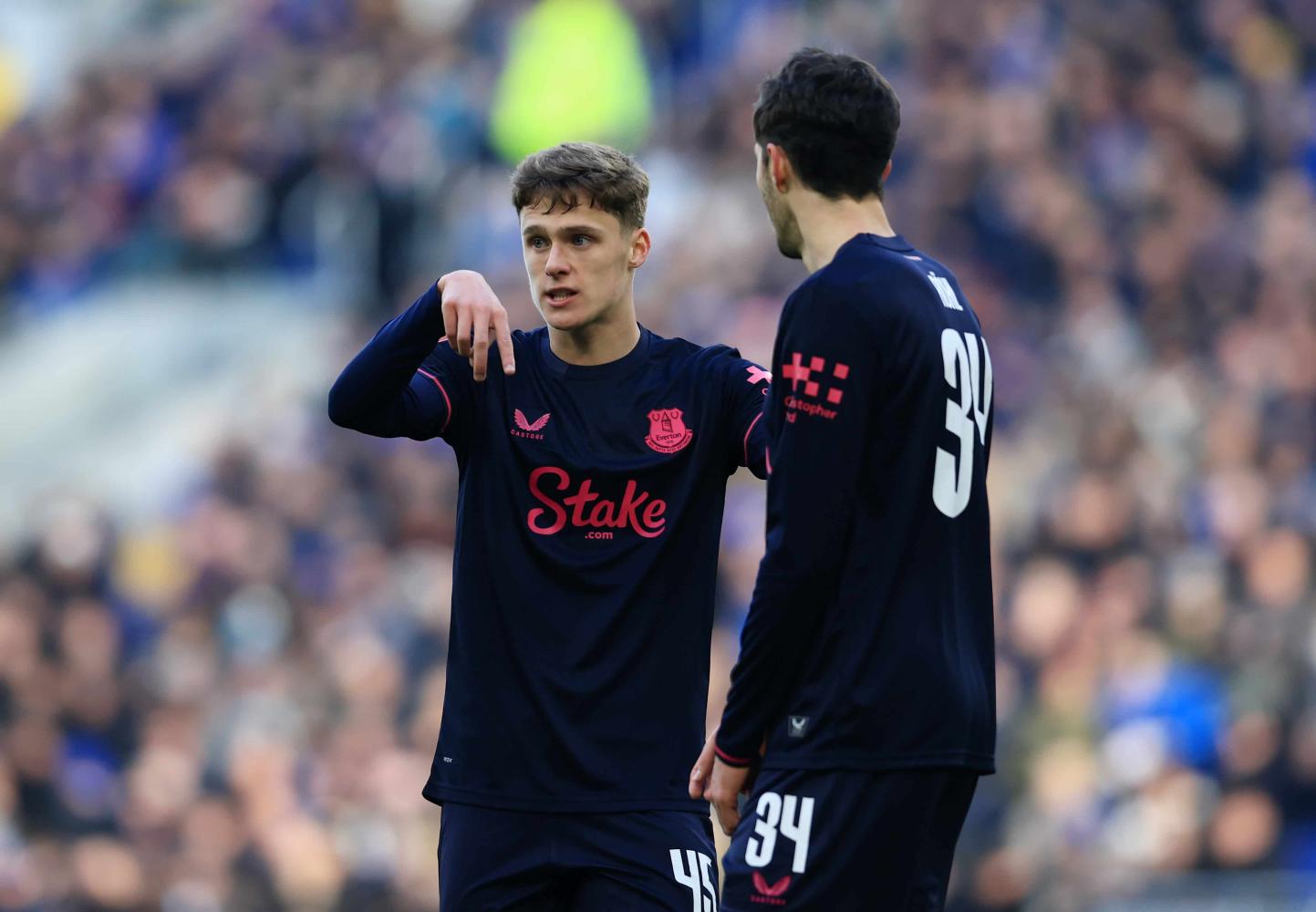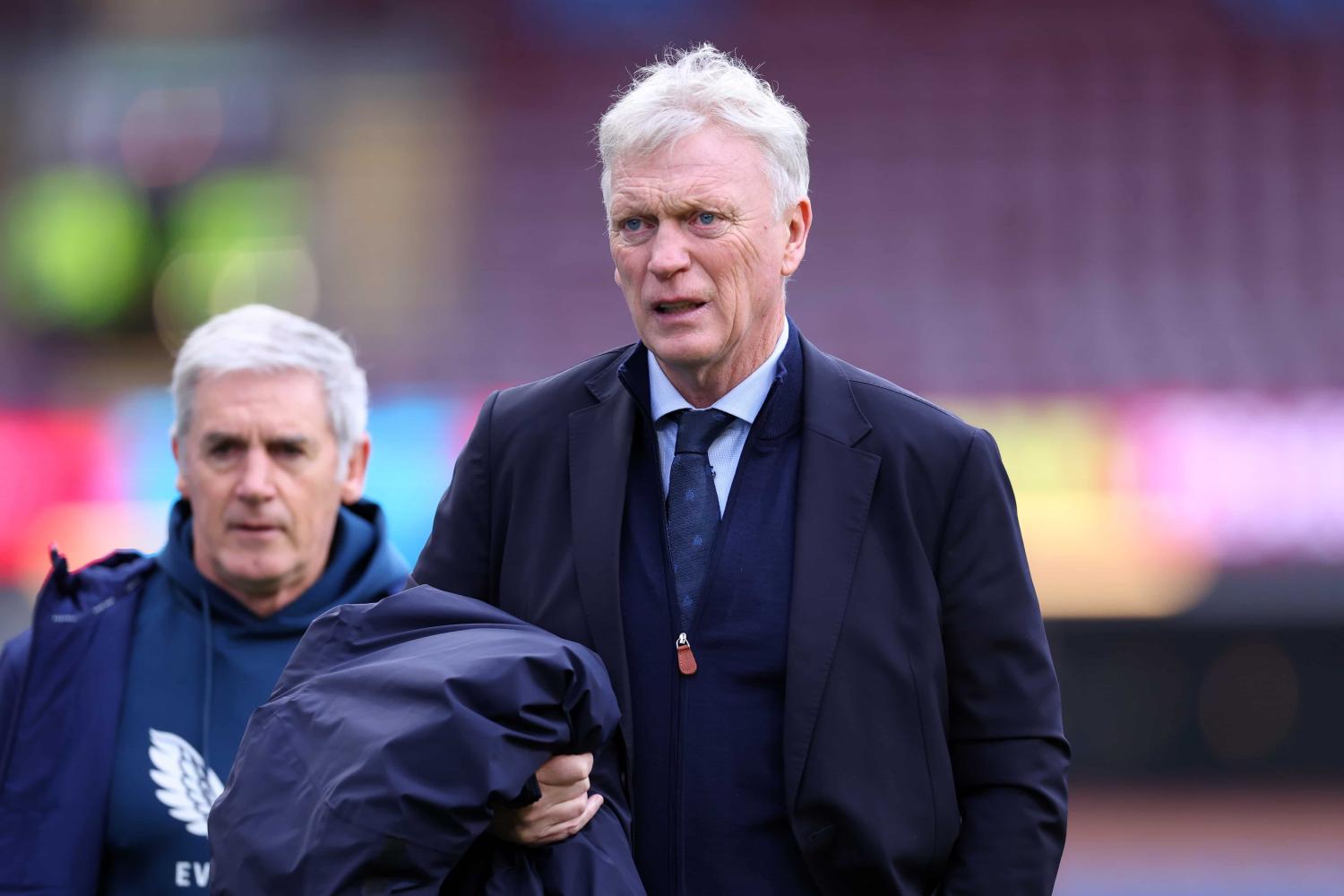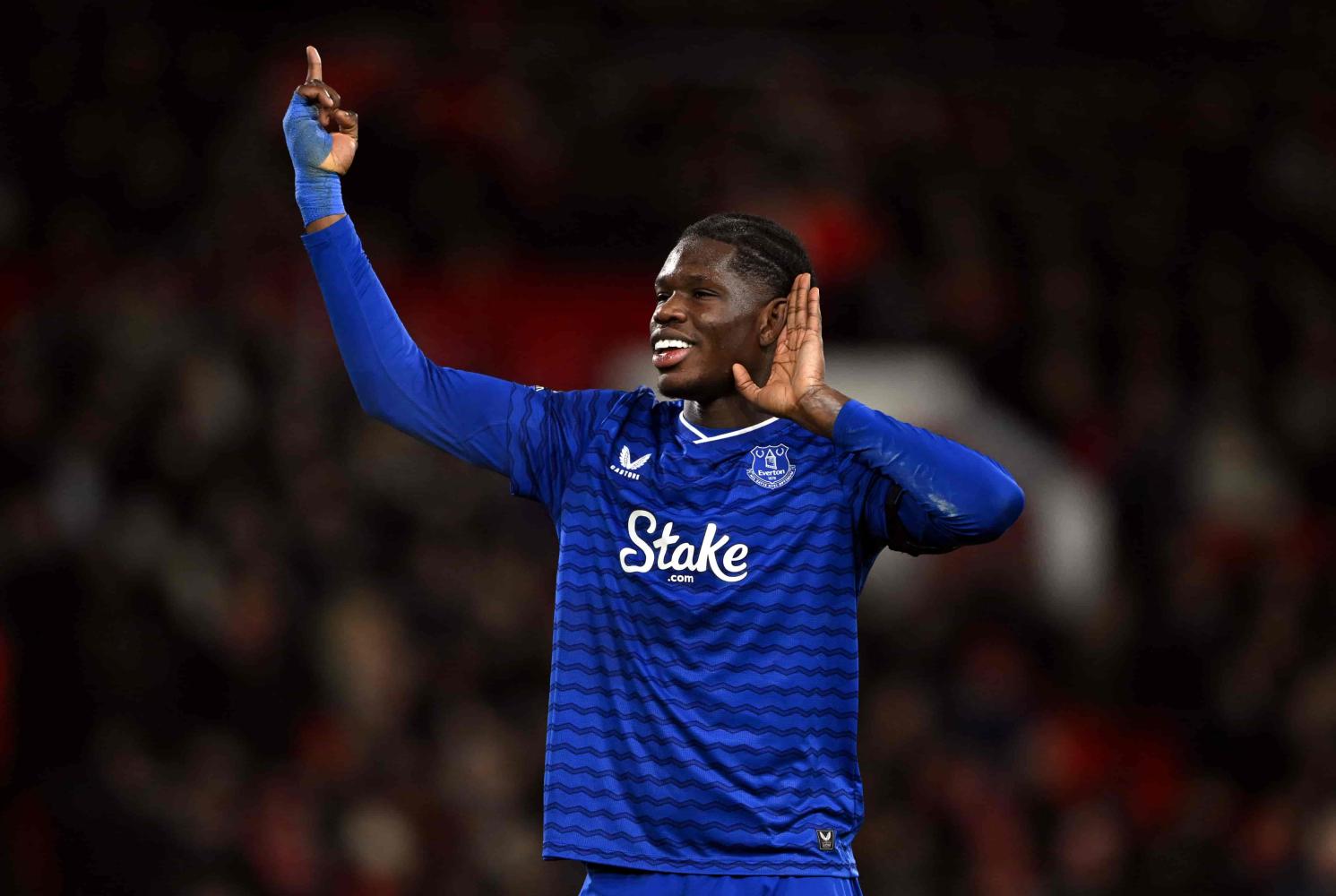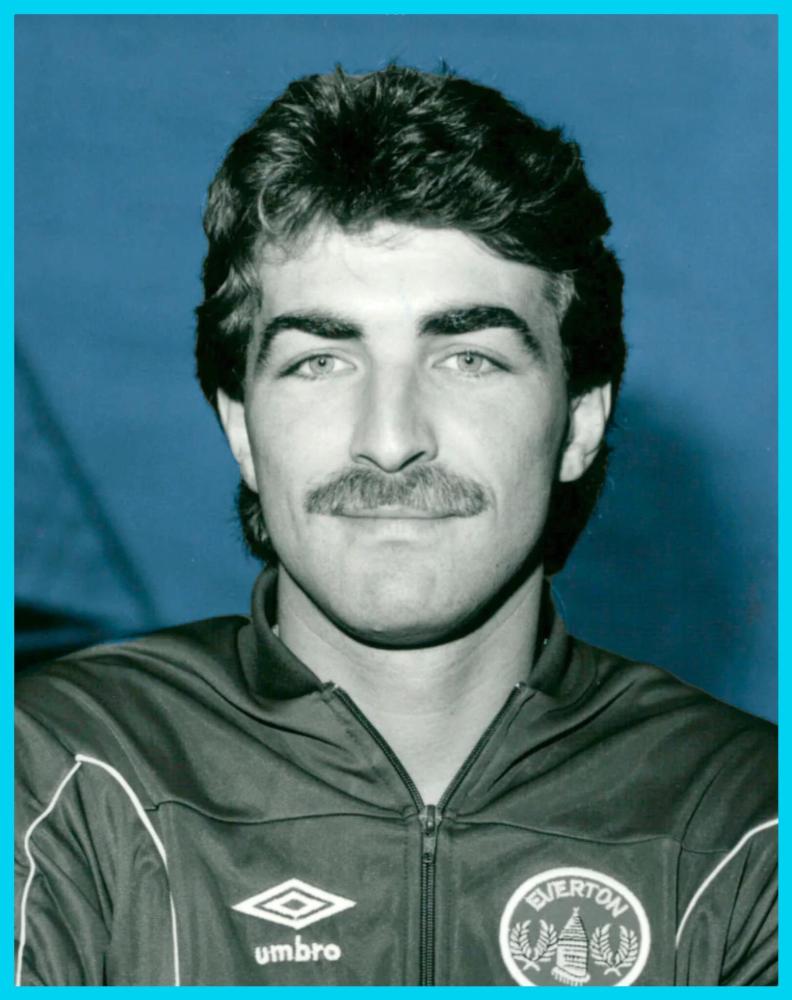Fans Comment
Steve Guy
Creating a new model
5 March 2006
Views on why this happens vary between blaming the manager, Kenwright, or any number of players.
As any one of Everton�s last few seasons demonstrate, the difference between success and failure can be marginal. They can be simply down to specific key moments and decisions (Collina disallowing Ferguson�s equaliser in Spain, or the decision to bring in Nigel Martyn). But in general, successful teams have a model which they use consistently; whether this is on the field in regard to their style of play, the stability of the playing staff, the manager and coaches, or the business side.
Arsenal are a great example of how applying a model consistently reaps its own reward. The vision of the Board of Directors led them to Wenger, who has now been in place long enough to build and rebuild at least twice, winning trophies along the way. Wenger has stayed true to his beliefs in how the game should be played and his teams are not allowed to play any other way. That�s not to say that they haven�t had problems and sure they have spent a few quid too (and no doubt you can knock other holes in this argument if you are so-minded); but you must surely get the overall impression that everyone at that club is pointing in the same direction.
Look as well to Bolton, Charlton, West Ham. These latter clubs are also examples of those with a model suitable to that club. You might not like how they play (especially Bolton!), but you can�t deny that on and off the pitch they have a formula which clearly suits them and their means.
Can we say the same for Everton? I think we can. Unfortunately, as fans we are too close to the action and emotionally bound to the Club, so that we can�t always �see the wood for the trees�.
Recently, the ToffeeWeb Mailbag has been full of comparisons between Moyes and his predecessors. Whilst it is an interesting debate, it doesn�t really give us the ability to reach any firm conclusions, as it doesn�t tell the whole story. For example, Catterick was unquestionably a great manager, but was clearly helped by his Board having oodles of the green stuff, allowing him to buy the players to carry on the NSNO traditions of our club. Moyes is managing in a very different environment, both in terms of the money he has available and the fact that the balance of power is now very much with the players (as just two examples).
Taking the manager, or the players, or the Board in isolation doesn�t tell the whole story. The link between Kenwright and Moyes is clearly very strong; no one would have blamed Billy if he had ditched Moyes before Christmas. He didn�t and, given the length of Moyes�s contract, the latter will have to do something stupendously bad to get the boot.
Maybe (just maybe) this is the first link in the �joined-up writing� which could bring long-term success, because to add to this, you also have to look at the changes in the financial footing the Club is now establishing itself on. You may not like everything that Keith Wyness does; as I have said in another contribution, the Club�s PR machine is appallingly bad and the occasional ticketing fiascos don�t exactly inspire confidence. However, read between the lines of KW�s corporate-speak and look at the financial results; things are clearly more solid off the field than they were post-Johnson. You can argue as to how much the sale of Wayne Rooney helped, but KW has gone on record to say that another top-ten finish will see the books balanced for a second year. This provides a solid platform for Moyes, as he then knows how much he has to spend. I have no doubt he already knows what the summer coffers will look like.
Onto the playing field where, week-in and -out, we all rant and rave over specific calls by Moyes � whether they be the starting line up, or his subsequent substitutions. With regard to the latter in particular, I still have concerns over his choices, especially with regard to their timing; however, if we look at the bigger picture, I cannot believe any true supporter does not accept that we now have a stronger squad than that which Moyes inherited. It�s not perfect by any means and the up-and-down nature of our league positions means that the consistency is yet to come, but we are no longer relegation �favourites� every year and a decent finish will see a second year with a top-ten placing. This is progress by anyone�s standards and the next step would be to see a regular Uefa Cup placing each season, plus the odd domestic cup run.
The above suggests to me that Everton have made big strides towards having a model for the Club which breeds consistency both on and off the field. In the short term, players will come and go. I am not alone, for example, in hoping Yobo stays, but I am not betting my house on that happening and, if (when) it does, it will rightly be seen as a negative; but in the larger scheme of things there are more �Yobos� out there to replace him. The re-building will continue in other areas both on and off the field. For example, whether new investors come forward or not, Keith Wyness has also gone on record to say that 2006 will see a decision on the issue of a new ground (the assumption being that we will then progress towards a new stadium in 2007).
So we will continue to rant and rave over specific results and players, but in the larger scheme of things, Everton are in increasingly better shape on and off the field, through a blend of stability in the management of the club and a consistent approach both on and off the field. We shouldn�t lose sight of this in the short term.
Steve Guy
Responses:
I agree with Steve that successful teams/clubs/businesses have a model
that they apply consistently; he chose well in using Arsenal as a case study as
they are a club comparable to EFC in history, fan base and success, although he
then clouded it by talking about Bolton and Charlton � when did these clubs
become our benchmark?
He makes the point that the strategic vision of the Arsenal directors led to the selection of a manager whose idea of how a football team is meant to play the game was well aligned with the club's model. The model sees the self-identity of the club reinforced from youth and academy level through to transfer policy and merchandising. The club seem to know clearly what an Arsenal player is and can then recruit around that, allowing early identification of players who fit the model.
The key point that Steve seems to underplay is the role of the supporter/customer in developing the model. In business terms, the strategic vision of the Board would develop a business model and brand identity if we were a new venture... but EFC is an existing venture with a model that has served us well in the historic and more recent past. What we do need is a Board that correctly identifies and stays true to the club's existing brand identity and that leads to them develop an operating model that satisfies the needs of the customer. This doesn�t mean setting out to compete with Newcastle, Mr Wyness; it means setting out to be the biggest and best � we may not achieve it but, back in the day, our Board would have had it as the aim � remember when we had the biggest, best ground and broke transfer records?
I am old enough to remember being in crowds of under 20,000 and throwing cushions on the pitch at the crap served up by Frankenstein Lee�s team; I also remember the great, winning, football served up by Howard Kendall's team in the Eighties, playing to packed houses. The strategic vision of the Board was broadly the same in both periods; what was different was that Lee (and the Board that recruited him) betrayed our identity, whereas Howard embraced and reinforced our identity. Just like Arsenal, our supporters know what an Everton player is and how an Everton team is supposed to play and the business model we need is one that is true to the identity of the supporters (customers) or it will fail in the long run.
So, let�s outline how to create a model. First, the strategic vision: the Board must first look back at what made the club great in the first place. Start with the badge as that is where you will find our mission statement; it doesn�t say �only a top-ten finish and a bit of a cup run is good enough� does it? We are founder members of the Football League, we had the world's first purpose-built football ground, we have over 100 seasons in top flight and, this will surprise the kids out there, at one time Goodison set such a high standard that it was used for a World Cup Semi-Final! And, finally, we have 9 league titles. I repeat 9 titles! Do you think that trying to replicate some of that might do as a strategic vision for the Board?
Second, the team: most of us want a team that play football in the Everton way � tough and 100% committed players who pass the ball with skill and pace. Can anyone honestly say they are satisfied with the level of football the team produce? The �steel fist in a silk glove� is how I saw Howard�s great team and it�s definitely the way the great teams of the 1960�s and 70�s played. That�s why Arteta, Cahill, Osman are true Everton players and Kilbane, Davies etc are not and never, ever will be. How about setting out what an Everton player is and then start looking for kids, juniors and first-teamer�s that fit the template?
Lastly, the finances: True Everton players playing true Everton football equals a packed ground with room to grow (65,000-seater anyone?), big shirt sales, major titles (spit on top-ten finishes!) and a flourishing business.
Unlike Steve, I don�t believe we have a model that will deliver success on
the scale we used to demand because the Board have settled for second best: a
top 10 finish and a bit of a cup run isn�t a good enough model for EFC.
Ray Said, MBA
©2006 ToffeeWeb
"Fans Comment" articles are submitted by outside contributors to ToffeeWeb. The views contained therein may not correspond with those of the site owners. Editorial policy

